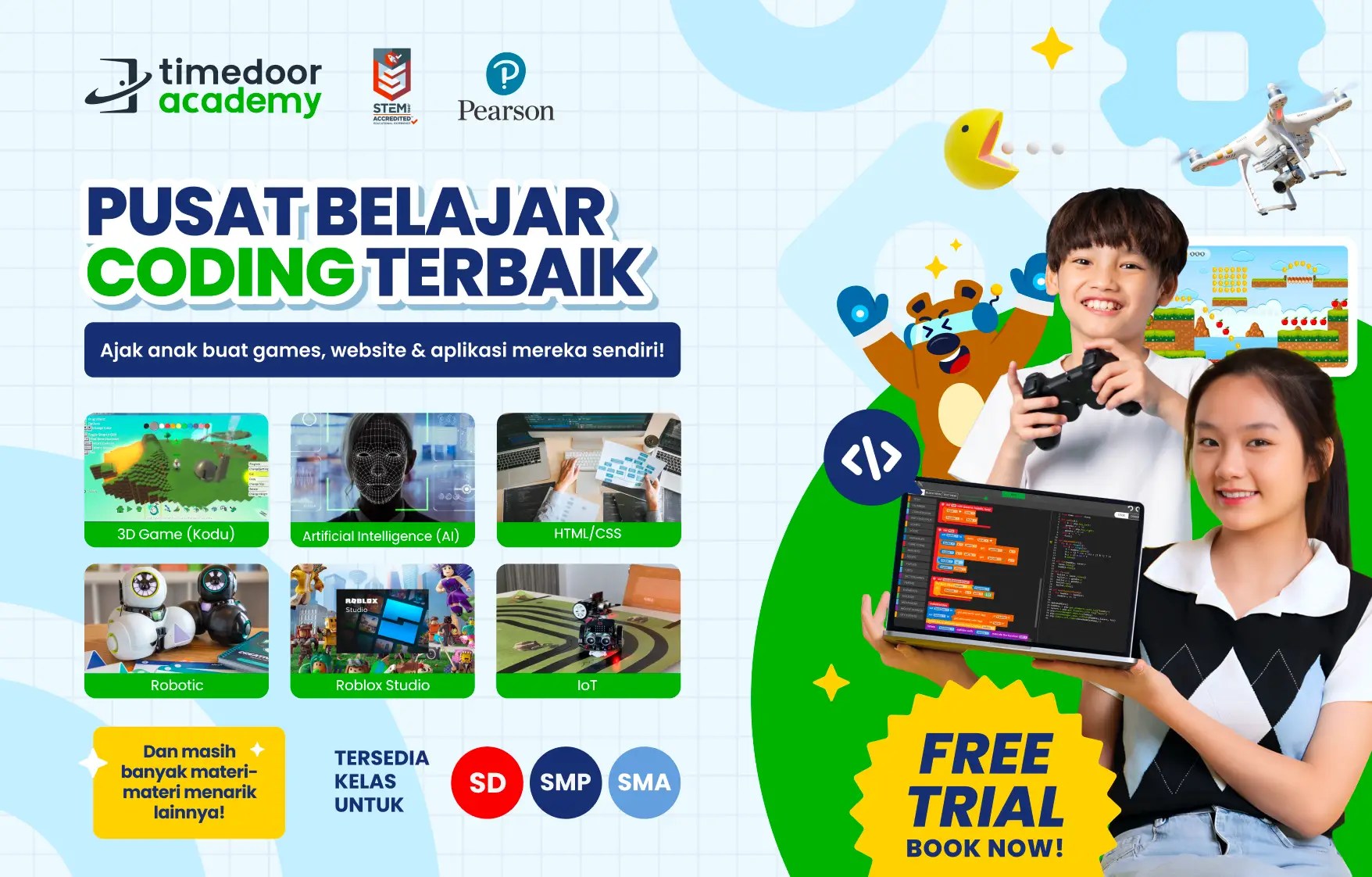Introducing AI Coding for Elementary School Kids: A Vital Skill in the Digital Age

In today’s digital era, children are growing up surrounded by technology. From smartphones and social media to online games, technology has become an inseparable part of daily life. As parents, it is important to ensure that our children are not just passive users but also understand how technology actually works. One of the best ways to achieve this is by introducing AI Coding for Elementary School Kids.
Some parents may wonder whether concepts like artificial intelligence are too complex for children in elementary school. The truth is, they are not. Children have strong curiosity and quick learning abilities. With fun and age-appropriate teaching methods, AI coding can be introduced early, helping them develop logical and creative thinking skills.
Why AI Coding for Elementary School Kids Matters

Artificial intelligence is no longer just a trend but a cornerstone of the future workforce. Almost every industry, from healthcare and education to transportation and entertainment, is already leveraging AI. By introducing AI Coding for Elementary School Kids, parents are providing opportunities for their children to acquire skills that will be highly valuable in the years to come.
Moreover, learning AI coding trains children to think systematically. They gain insight into how computer programs operate, how data is processed, and how machines can “learn” from patterns. These skills are not only relevant in the technology sector but also useful in solving everyday challenges.
The Benefits of Learning AI Coding from a Young Age
- Boosting critical thinking skills
Children learn to analyze problems and come up with effective solutions. - Encouraging creativity
Through AI Coding for Elementary School Kids, they can create simple projects such as a chatbot or an interactive game. - Preparing for the future
The future job market requires individuals who can innovate and create technology, not just use it. - Building confidence
When children successfully complete a coding project, they feel proud of their achievement and gain confidence to take on new challenges.
How to Teach AI Coding for Elementary School Kids
Teaching AI does not mean diving straight into complex theories. There are many fun and practical ways to introduce the subject:
- Using educational apps and platforms
Many platforms are designed to introduce AI concepts through play. Children can learn while enjoying engaging activities. - Relating projects to everyday life
Kids can create simple programs such as color-picking tools or guessing games. This makes AI Coding for Elementary School Kids feel relevant to their world. - Visual-based learning
Since young children understand better through visuals, using block-based coding helps them grasp abstract concepts more easily.
The Role of Parents in Supporting Their Children

Parents play an essential role in guiding children through this journey. Spending time together, offering encouragement, and showing genuine interest in what they are learning can make a big difference. You do not need to be a tech expert to support your child. What matters most is giving them opportunities to explore and try new things.
It is also important for parents to ensure balance. While AI Coding for Elementary School Kids can be exciting, children should still have plenty of time to play outdoors, socialize, and pursue other hobbies. A well-rounded approach supports both intellectual growth and emotional well-being.
Timedoor Academy: The Right Place to Learn AI Coding

For parents who want to provide the best learning environment, Timedoor Academy is a trusted choice. With interactive teaching methods designed specifically for children, Timedoor Academy makes coding fun and accessible, including lessons related to AI.
Programs at Timedoor Academy are tailored for elementary school students, ensuring that AI coding is introduced in ways that are easy to understand. Experienced instructors guide children step by step, so they not only learn theory but also create enjoyable real-world projects.
Register Now!

Ingin tahu detail program?
Introducing AI Coding for Elementary School Kids is not as daunting as it may seem. In fact, the earlier children are introduced to these concepts, the more prepared they will be to face the future. With the right approach, AI coding can become an enjoyable and rewarding activity that supports both learning and creativity.
If you want your child to experience the joy of learning coding in a fun, interactive, and future-oriented way, now is the perfect time to start.
Sign up your child for a free trial at Timedoor Academy today and let them experience the excitement of learning AI coding from an early age!



